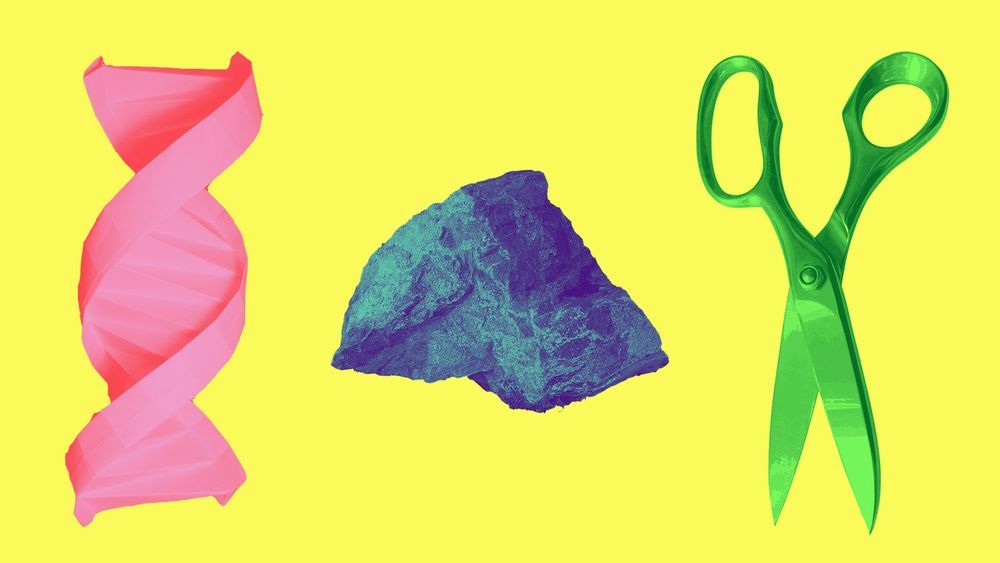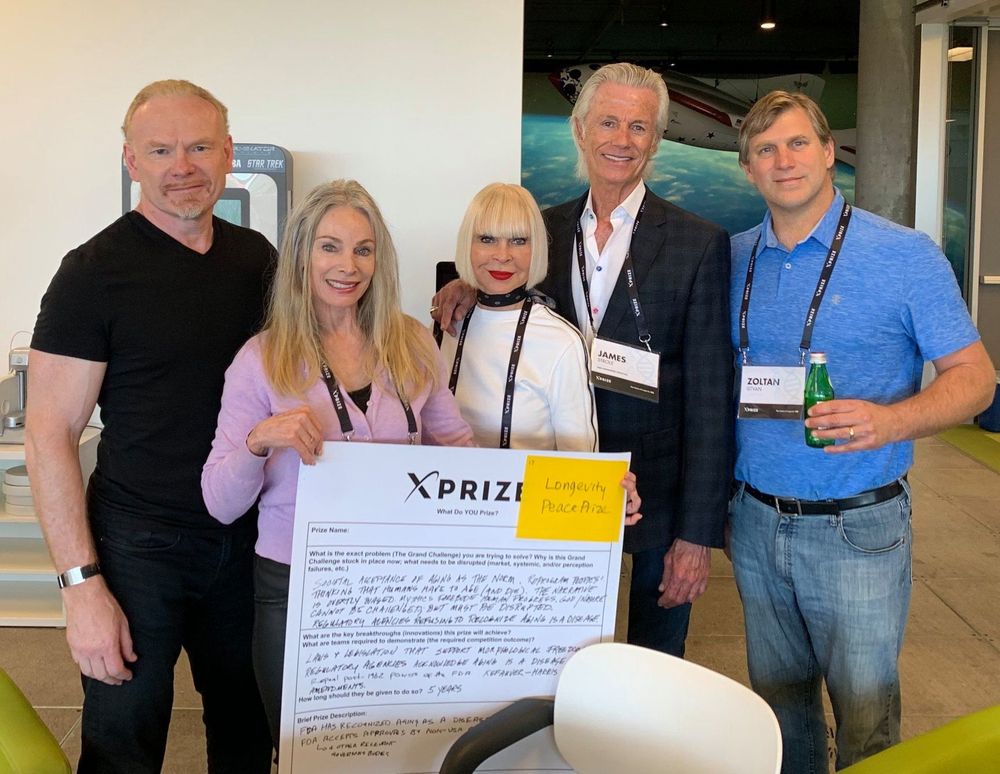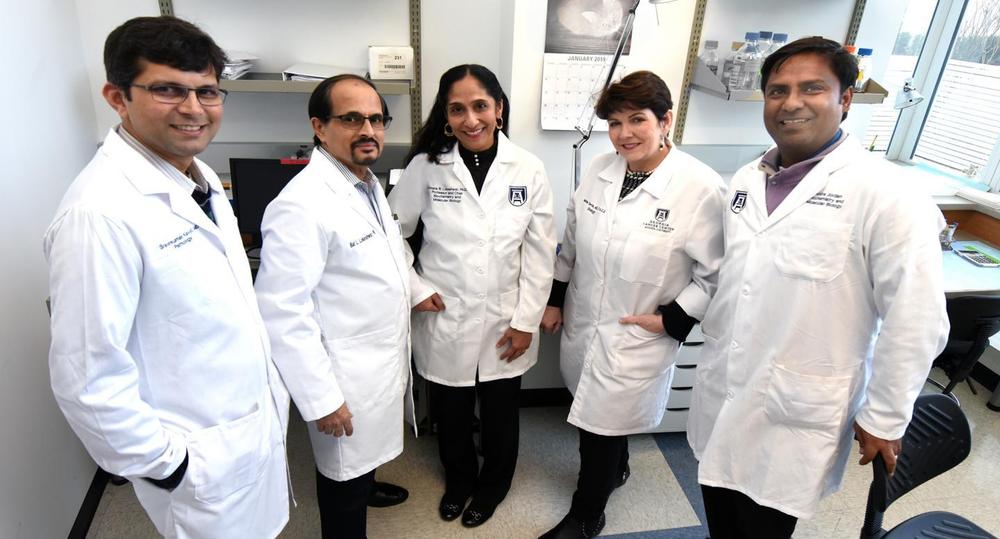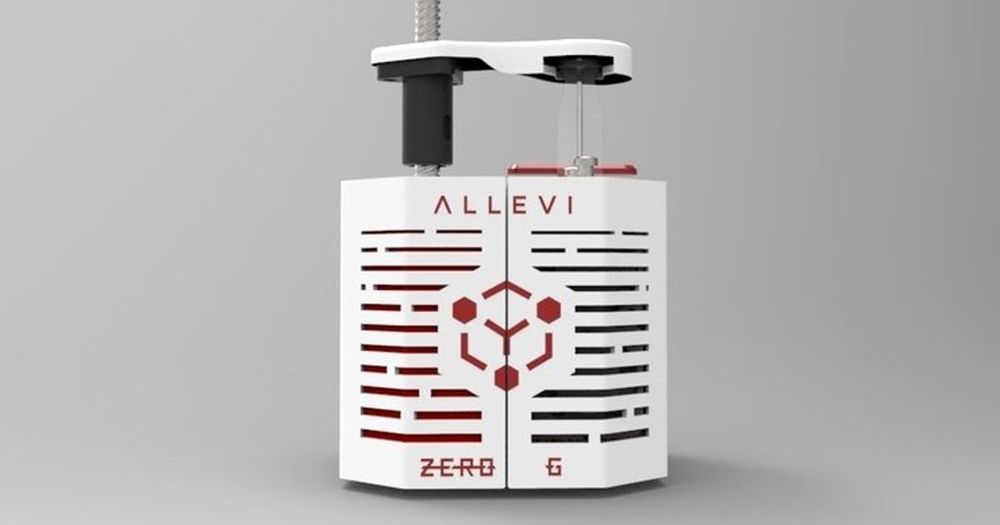Powerful gene-editing tools have the potential to heal—or to harm. Now there’s a race to develop the antidote to the next bioweapon.



Researchers in Australia are on the verge of discovering a universal flu vaccine — one which would be effective against all strains of the virus. When they do, we won’t have to take a new flu shot every year anymore. We’ll just get this one shot, and never more. It’s a finding that is being heralded as an “extraordinary breakthrough.” It could even end the flu and influenza epidemic once and for all.
The Epidemic

Scientists have discovered a new method for quickly and efficiently mapping the vast network of connections among neurons in the brain.
Researchers combined infrared laser stimulation techniques with functional magnetic resonance imaging in animals to generate mapping of connections throughout the brain. The technique was described in a study published in the journal Science Advances.
“This is a revolution in detecting connections in the brain,” said senior author Anna Wang Roe, Ph.D., a professor in the Division of Neuroscience at OHSU’s Oregon National Primate Research Center. “The ability to easily map connections in the living brain with high precision opens doors for other applications in medicine and engineering.”

We submitted the Longevity Peace Prize, worth $5 million dollars to be awarded to any longevity activist(s) in the next 5 years who can get a major world government or the UN to declare “aging a disease” as a policy and to help reverse regulatory hurdles on life extension research. Hopefully, this early version of a prize may one day become reality. https://xprize.org/

A new way to store information in molecules could preserve the contents of the New York Public Library in a teaspoon of protein, without energy, for millions of years.
Books can burn. Computers get hacked. DVDs degrade. Technologies to store information–ink on paper, computers, CDs and DVDs, and even DNA–continue to improve. And yet, threats as simple as water and as complex as cyber-attacks can still corrupt our records.
As the data boom continues to boom, more and more information gets filed in less and less space. Even the cloud–whose name promises opaque, endless space–will eventually run out of space, can’t thwart all hackers, and gobbles up energy. Now, a new way to store information could stably house data for millions of years, lives outside the hackable internet, and, once written, uses no energy. All you need is a chemist, some cheap molecules, and your precious information.

undoing-aging.org/…/judy-campisi-presenting-at-undoing-agin…
More info on Forever Healthy: forever-healthy.org

The Food and Drug Administration is forcing certain sleep drugs to carry a deadly serious warning about the rare, frightening side effects they can cause. The side effects, which have reportedly caused serious injuries and even deaths, include sleepwalking and other intricate behaviors done while a person is sleeping or not fully awake, like driving and cooking.
The new black box warning—the strictest label used by the FDA to denote potentially life-threatening side effects—will apply to three drugs commonly used for insomnia and sold under various brand names. They are eszopiclone (Lunesta), zaleplon (Sonata), and zolpidem (Ambien, among other names). In addition to the warning, people will also be told to stop or avoid using these drugs if they’ve ever experienced these symptoms.

Researchers at the University of Sydney have discovered an antidote to the deadly sting delivered by the most venomous creature on earth—the Australian box jellyfish.
The Australian box jellyfish (Chironex fleckeri) has about 60 tentacles that can grow up to three metres long. Each tentacle has millions of microscopic hooks filled with venom.
Each box jellyfish carries enough venom to kill more than 60 humans.
